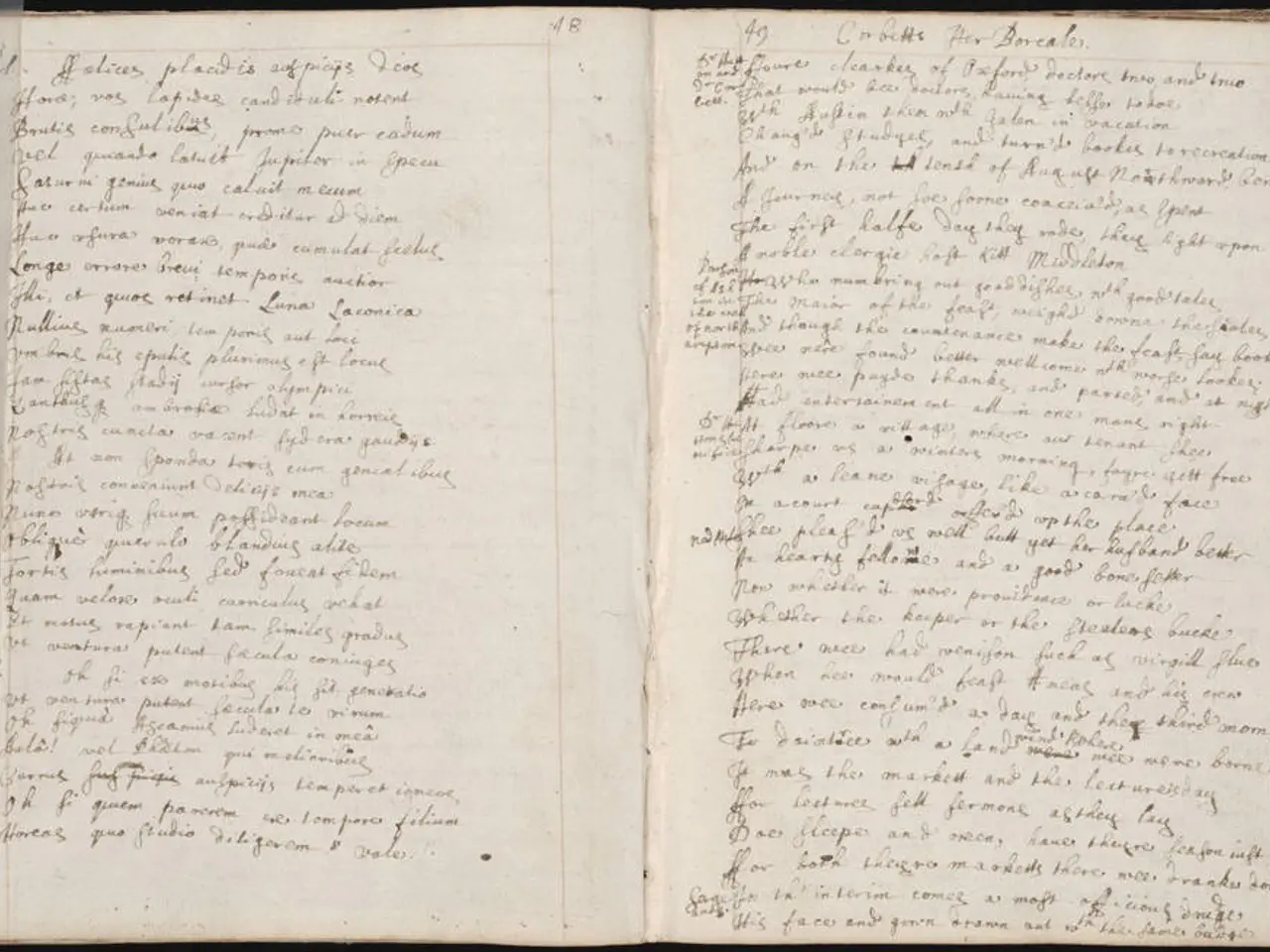Seeking to recapture lost market: Insights on reduced steel production in Russia
In Q1 2025, Russia's steel production took a hit, dropping by 3.8% to about 17.7 million tons. This decline was more pronounced in March, with a Year-on-Year drop of 4.7% to 6.1 million tons, according to Rosstat data. Experts attribute this dip in the steel industry to a perfect storm of factors: a fall in global steel prices, a drop in demand due to the high key rate, and the strengthening of the ruble.
Global steel production, as reported by the World Steel Association (WSA), saw a minimal 0.4% decline in Q1 2025 compared to the previous year, amounting to 468.6 million tons. However, significant decreases in production from major steel-producing countries were offset by increases in China and India. Chinese production rose by 0.6% to 259.2 million tons, and India's output surged by 6.8% to 40.1 million tons.
The WSA, known for publishing semi-annual demand forecasts, refrained from releasing one this year due to the U.S. administration imposing a 25% import tariff on steel from all countries in February 2025. Analyst Maxim Khudalov explains, "China is flooding the market with its products, and the closure of the U.S. market due to high tariffs is leading to a drop in prices in other regions where metallurgists are forced to redirect supplies." This situation has driven global steel prices to levels not seen since the mid-2000s, with the exception of Europe and the US. Boris Krasnοжеnov, head of the securities market analytics department at Alfa Bank, suggests that Chinese exports continue to negatively impact global prices, while the strong ruble further exacerbates the issue for Russian producers.
Before 2022, Russia exported around 40% of its steel products, but that figure has dropped significantly as a result of falling prices on external markets and transportation and financial logistics issues. Major Russian steel producers such as Magnitogorsk Iron and Steel Works (MMK) and Severstal currently export no more than 10-15% of their products. The only company not subject to sanctions, Novolipetsk Iron and Steel Works (NLMK), has been able to maintain its export volume but does not disclose the data.
In light of this challenging market environment, average monthly exports of black metal products from Russia have plummeted to around 25% of production. Khudalov notes that prices are comfortable for Russian producers when they exceed $500 per tonne, as the real cost of producing 1 tonne of hot-rolled coil is in the range of $400 per tonne. Therefore, current prices, considering transportation costs, give producers a near-zero profit margin. Additionally, oversupply of Chinese hot-rolled coil and the strengthening ruble contribute to the decrease in exports.
There's some hope for demand to pick up in the second quarter due to seasonality and activities on the export front, according to Krasnοжеnov. However, the overall trend in the Russian steel industry remains dire, with a decrease in demand from key sectors like construction, machine building, and automotive. To improve the situation, a reduction in the key interest rate and potential tax incentives for large projects with significant metal volumes could be crucial. But for now, Russian steel producers are faced with the challenge of maintaining profitability and avoiding social unrest, especially as they deal with prolonged payment delays, increased costs, and decreased external demand. 🚧🚧🚧 [Content Notice: Discussion of economic downturn, job losses, and indirect reference to financial hardship.]
Additional Insights 💡
- The U.S. import tariff has had significant consequences on the global steel market, causing price increases and capacity constraints in the U.S. while altering trade relations with major exporters such as China.
- Chinese exports continue to exert downward pressure on global steel prices, leading to a decrease in profits for producers in other regions.
- The strong ruble has contributed to increased production costs for Russian steel producers, further tightening their profit margins.
- Weak demand from key sectors such as construction, machine building, and automotive in Russia is a significant challenge for the steel industry, potentially leading to long-term stagnation. 🚧🚧🚧 [Content Notice: Discussion of economic downturn, job losses, and financial hardship.]
Sources 🔗
- Rosstat Data: Steel Production in Russia in Q1 2025
- World Steel Association (WSA) data: Global Steel Production in Q1 2025
- Independent Expert: Maxim Khudalov
- Head of the securities market analytics department at Alfa Bank: Boris Krasnοженов
- Crude Stainless Steel Production and Exports in China: Reports and Analysis
- By 2025, experts predict that the Russian metallurgy industry will continue to struggle, with decreasing prices and weak demand from key sectors potentially leading to long-term stagnation.
- Analyst Maxim Khudalov suggests that Chinese exports, coupled with the strong ruble, are driving down global steel prices, causing a significant challenge for Russian producers.
- In an effort to improve the situation, reducing the key interest rate and offering tax incentives for large projects with significant metal volumes could be crucial, as proposed by Boris Krasnoyev, head of the securities market analytics department at Alfa Bank.
- The U.S. import tariff on steel has had far-reaching effects, causing price hikes and capacity constraints in the U.S. while redefining trade relations with major steel exporters such as China.








